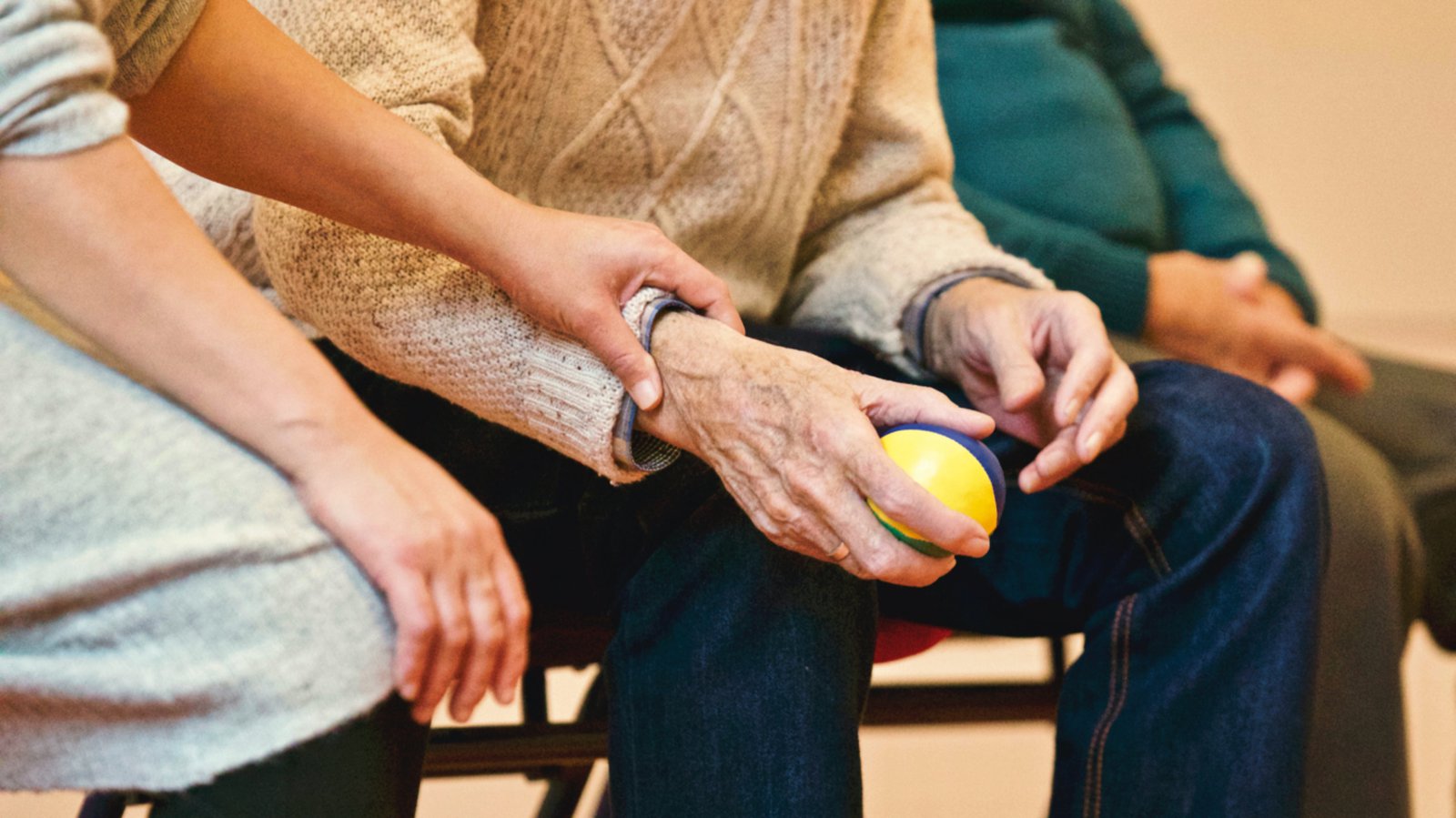Care homes’ reports have demonstrated a steady rise in care homes investment following the COVID-19 pandemic.
An institutional rebalancing survey conducted by BlackRock in 2020 has confirmed that 41% of investors announced plans to increase and diversify their global property portfolios.
Since the start of the COVID-19 pandemic, there has been increased insecurity surrounding the more traditional property sectors. This uncertainty is especially pronounced for investors whose property portfolios boast numerous office and retail spaces, that have, of course, been some of the hardest-hit sectors throughout the course of the pandemic.
This dramatic shift in mainstream investment opportunities has pushed property investors to rethink their previously secure investments and look to something with a bit more dependability.
Overlooked because of stigmas surrounding short-term rental investments, care homes and residential developments have since become a hot spot for guaranteed cash flow.
Here we take a look at the sector to determine whether these developments are still a worthwhile investment.

Throughout the course of the pandemic, care homes have naturally been a focus, as a large majority of individuals most affected have been those living in care homes, and the stories surrounding the way these residencies have been run has been frequently put into question.
Carterwood reports that the COVID-19 pandemic has had an impact on the care home sector, with an indication of a significant rise and fall in care home openings between 2019-2020.
Although the sector has been affected in some ways, it is clear that this has not had a negative impact on care homes’ ability to obtain dependable revenue streams and remain attractive to prospective investors.
A Healthcare Market Sentiment Survey conducted by OPRE found that 88% of investors agreed that demand for healthcare real estate will continue to rise, alongside a huge 60% of residential developers confirming that COVID-19 has not had an impact on their development strategy.
However, 64% of residential developers also confirmed that the pandemic has had an impact on design specifications and new build layouts, as well as predicting increased construction costs in the short term. This further reinforces the idea that although the sector does not remain unaffected by the pandemic, those within this industry are making strides to put precautions in place for future developments.
As the UK’s ageing population increases the need for supply and demand does too. Deloitte’s 2019 Global health care outlook document highlights that 22% of Europe’s population will be over the age of 65 by 2023. The document also confirms that whilst this is representative of exceptional healthcare advancements, there are not enough care homes to accommodate the growing elderly population. This demonstrates an increasingly important need for more care homes and residential developments.
Are care homes an investment worth investigating?
The recovery of the industry, post-pandemic, is vital and there are clear signs that despite an obvious impact, there are major steps being taken to aid a fast recovery.
The burning question remains, should investors be looking to invest in care homes and residential developments as a portfolio diversity option?
As we start to look to the future and consider life beyond COVID-19, it’s worth considering which of the development sectors presents the best long-term investment opportunities.
We’ve put together some worthwhile considerations when it comes to making investments in care homes:
- As with any investment, it is extremely important to familiarise yourself with all information that could impact the associated value.
- It is wise to do some research into the operational performance of the care home. We would recommend starting with the Care Quality Commission rating.
- Learn more about the management team. They’ll play a crucial role in the running of the property and will give a great insight into the reputation of the business, which will of course impact any investment you make.
- Look beyond the initial investment and consider long-term required investments in the property. If it has previously been underfunded, it may require a higher amount of investment than you initially anticipated to bring it up to a good standard.
- The structure of the operating company should also be considered.
As we move towards a new normal, it is clear that many aspects of life we were comfortable with have changed. The property market has undoubtedly changed with it, and as part of that certain sectors now hold more investment security than others.
In September 2020 Laing Buisson reported that the UK care homes market was valued at £16.6bn. It’s a market that relies on a strong business model of high-quality real estate, long-lease operators and repetitive income. Set to be one of the most reliable residential sub-sectors for inflation benefits, care homes seemingly have a lot of value to investors regardless of the COVID-19 pandemic and how it has affected the sector.
Book now to secure your place at our Care Homes & Retirement Living conference – on Wednesday 24th November.
Follow us on LinkedIn to stay up to date with industry news.
